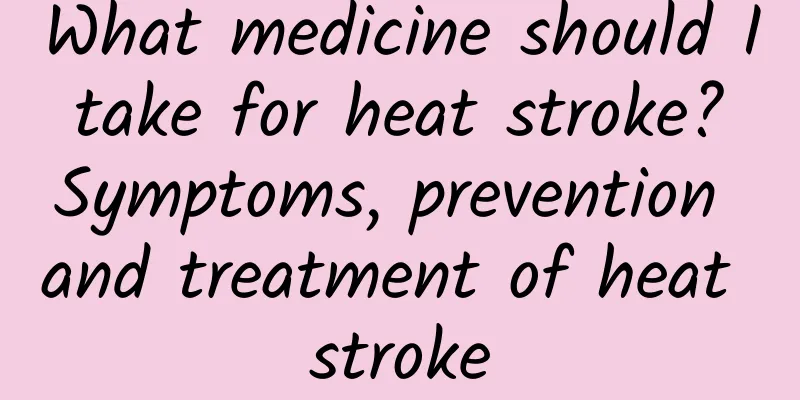Do you also have "blood pressure anxiety"? Let's learn what high blood pressure really is

|
As an important risk factor for coronary heart disease, stroke and other serious diseases, people often turn pale when talking about "high blood pressure". Many people also misjudge themselves as having high blood pressure due to a single measurement and take excessive amounts of antihypertensive drugs. To diagnose whether it is hypertension, it is necessary to measure the brachial artery in the upper arm while sitting quietly without taking antihypertensive drugs. Blood pressure values measured three times on different days must all exceed 140/90 mmHg to be considered hypertension. When diagnosing hypertension, blood pressure must be measured multiple times (three times on different days). If blood pressure is elevated only once, it cannot be diagnosed and needs to be followed up and observed. Secondly, it is recommended that you measure your blood pressure between 6:00 and 10:00 in the morning, because this time period is when blood pressure is highest and fluctuates the most in a day, and is also the peak period for stroke incidence and mortality. Blood pressure >140/90 mmHg in the early morning and blood pressure measured at home >135/85 mmHg is morning hypertension. If you find yourself with symptoms of high blood pressure, you should measure your blood pressure regularly during treatment, at least once every 2 to 3 months, to adjust the dosage of medication. Generally, the systolic blood pressure of hypertensive patients should be reduced to <140/90 mmHg, and that of hypertensive patients with diabetes or proteinuria nephropathy should be further reduced to 130/80 mmHg. The systolic blood pressure of the elderly (>65 years old) can be reduced to <150 mmHg according to the specific situation. *Principle: Be careful not to lower blood pressure too quickly So if our blood pressure returns to normal after taking the medicine, can we stop taking it? The answer is no! It must be emphasized that hypertension is generally not easy to cure. It is a lifelong disease that requires lifelong treatment and should be continued. Never take it on and off. Finally, people with normal blood pressure also need to pay attention to the following four things in their daily lives: 1. Be alert in the early morning. In the early morning, the body's blood pressure begins to rise gradually, blood viscosity increases, and stroke is more likely to occur. Between 6 and 10 o'clock is a high-risk time for stroke. Sit in bed for half a minute after waking up. 2. Be careful when the temperature drops suddenly. A drop in temperature can cause blood vessels to constrict, blood pressure to rise, and it can easily induce a stroke. Be sure to add clothes in time. 3. Avoid situations when you are emotionally agitated. Quarrels and emotional fluctuations can easily cause a sudden rise in blood pressure and lead to stroke. 4. Don’t strain too much when defecating. Less activity and slower bowel movements can easily lead to constipation, while straining during defecation can increase blood pressure and cause a stroke. |
>>: Can people with diabetes not eat fruit? Let’s learn a few things about diabetes
Recommend
Why do I have headaches and nausea during my period?
Menstruation is also called physiological period ...
Why can't I get a mask reservation? What should I do if I can't get a mask reservation?
We all know that masks are a kind of protective e...
How to perform uterine prolapse surgery and precautions
How is uterine prolapse surgery performed and wha...
What are the causes of cervical erosion?
I believe everyone knows about cervical erosion. ...
What does it mean when my belly feels like being pricked by needles during pregnancy?
Pregnancy puts a huge burden on a woman's bod...
What to eat during menstruation to increase blood volume
As we all know, women have their menstruation eve...
How long after the confinement period can I touch cold water?
Women after childbirth must not be careless and i...
My period is delayed for nine days.
We all know that if women have delayed menstruati...
How long does it take to give birth to a boy with Chinese medicine?
Under various influences, especially the urging o...
What does a positive hydrogen peroxide test for leucorrhea mean?
Every mature woman's body is full of secretio...
Does breast hyperplasia hurt during ovulation?
Women have menstruation and ovulation every month...
Is it normal to have brown discharge two days before your period?
Some girls will have secretions before their peri...
What to do if your lower body itches during pregnancy
Getting pregnant and having a baby is the happies...
How to treat a small strip of flesh growing inside the labia minora?
The labia is an important part of the female repr...
I suddenly had severe pain in my abdomen. Could it be gastric perforation? Let's see how the experts diagnosed it.
In daily life, stomachache is common. However, so...









